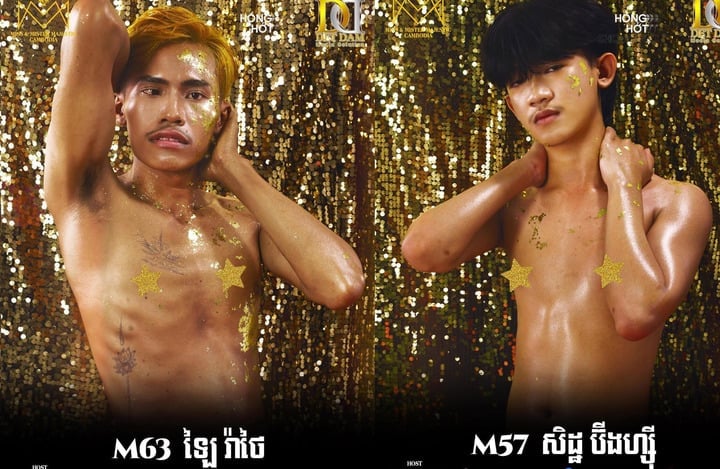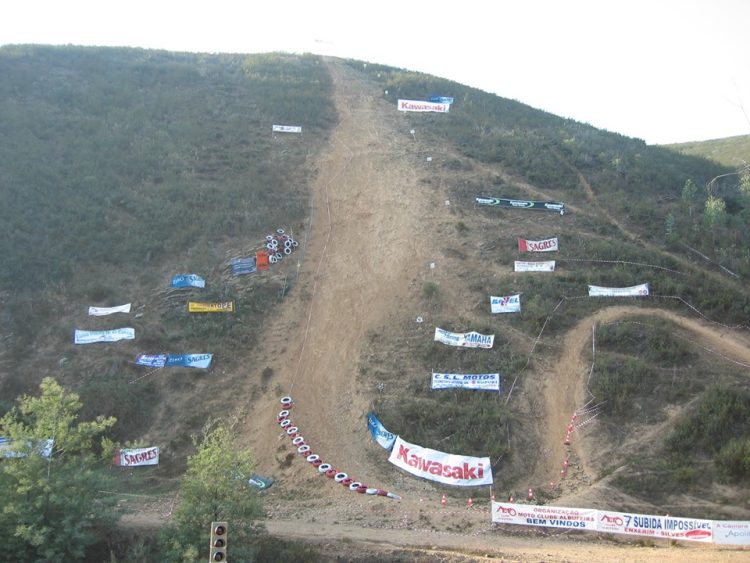If there is indeed such a thing as afterlife, the Chinese and Vietnamese might just be the richest people there. And that’s because their living relatives make sure they are well provided for – by throwing money into flames. Well, not real money. Only fake notes. This fake money is commonly known as ghost money, “Joss paper” and as ‘pinyin’ (literally ‘shade’ or ‘dark’ money) in Chinese. The ghost money, along with other papier-mâché items (usually expensive stuff) are burned as a part of Chinese tradition – on holidays to venerate the deceased, and also at funerals, to make sure that the spirits have plenty of good things in the afterlife.
Traditionally, Joss paper is made from coarse bamboo paper or rice paper. The Joss is cut into squares or rectangles and has a thin piece of square foil glued in the center. Sometimes, it is even endorsed with a traditional Chinese red ink seal depending on the particular region. The paper is generally of a white color (symbolizing mourning) and the foil is either silver or gold (representing wealth), hence the name, ghost money. The three types of ghost money are copper (for newly deceased spirits and spirits of the unknown), gold (for the deceased and the higher gods), and silver (for ancestral spirits and local deities). Sometimes Joss paper is completely gold, engraved with towers or ingots. The burning of joss paper is not done casually, but with a certain reverence, placed respectfully in a loose bundle. Some other customs involve folding each sheet in a specific manner before burning. The burning is mostly done in an earthenware pot or a chimney built specifically for this purpose.

Photo: Wunkai
Contemporary forms of joss money are rather different; they look more like the money from current times. Westernized varieties include copies of Bank notes (Chinese Yuan, Thai Baht, Vietnamese Dong, or even the US Dollar), cheques and paper credit cards. Some people even go as far as offering papier-mâché houses, cars, toilets, servants, passports, flight tickets, rice cookers and even flat-screen TVs. Any object that can carry a brand will be branded with the most extravagant options. No luxuries are denied to the deceased. The bank notes are specifically meant for dead ancestors to give as a tribute to the God of Death for a short stay or to escape punishment. The bank note copies are often of outrageous denominations – they can range anywhere between $10,000 and $5,000,000,000. These notes carry an image of the ‘Bank of Hell’ on the back and the Jade Emperor on the front.

Photo: Kevin Felt
The practice of burning spirit or ghost money is quite deep-rooted in Asian culture. According to archeological evidence, the tradition can be traced back to 1000 BC. Even back then, imitations of what could only be considered money were left within tombs. Clay imitations of gold plaques were found, along with stone imitations of lead and bronze money. The Chinese believe that all those who die, automatically gain entry into the underworld of Diyu. They are judged there, before being sent to heaven, the underworld, or for reincarnation. ‘Hell’ in itself is not viewed as a place of torture, but a more neutral realm. The paper money is believed to be deposited in an afterlife bank of sorts, from which the deceased spirits can make withdrawals. The ritual is said to be derived from a mix of regional folklore and Taoism. The practice of ancestor worship is largely religious, stemming from the fact that the spirits of the deceased are still interested in the affairs of the world. Keeping them happy brings blessings from them for the living. Another explanation for the concept is that the living are allowed to ask spirits to fulfill their wishes, for which they are indebted. This debt cannot be entirely cleared off while alive, so the ghost money sent after death is used to repay whatever they owe the spirits. Buddhists, however, discourage the practice of burning joss paper, saying that the deceased would have no interest over worldly items, and that it is also not too great for the environment.













